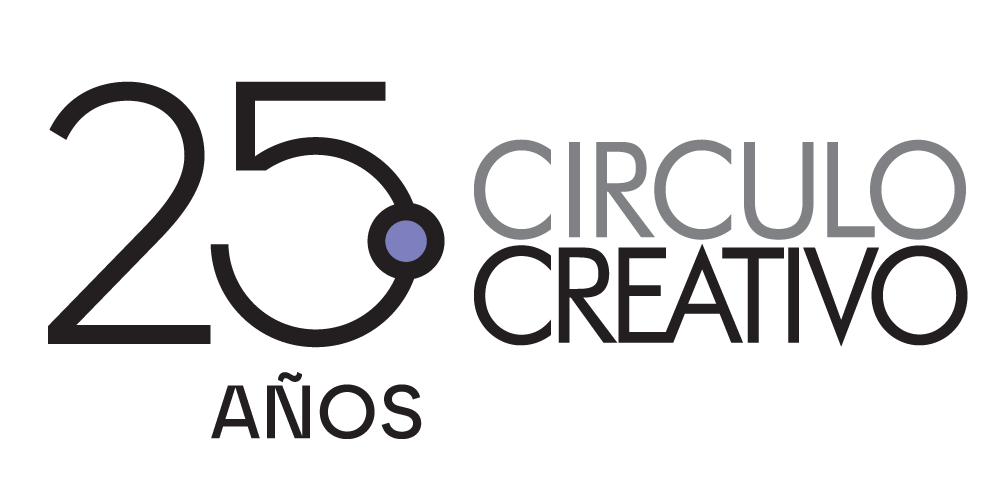In celebration of our 25th anniversary, we're featuring a selection of the most memorable ads from our past along with their captivating stories.
Dieste and Partners
Pepsi - “Gooal”
1996
Golazo. The story behind the Pepsi spot, as I recall it.
By Aldo Quevedo
The “Gooal” spot for Pepsi, created by Dieste and Partners in 1996, marked a significant milestone as the agency's inaugural major project for the newly secured account. I would venture to say that Pepsi launched Dieste – although we already had other clients, “Nothing else is a Pepsi.”
Oddly enough, this spot was one of many presented during the pitch. As we all know, it’s rare for the client to select and produce something from a new business presentation created in a vacuum without having a chance to add their input. But there we were, in Querétaro, México, shooting this spot. The director? None other than Joe Pytka, a Twentieth-century legend responsible for work featuring Michael Jordan, Madonna, and Michael Jackson, among others. And Space Jam, a movie you might have heard of.
Anyway, there we were in México a couple of days before the shoot, having dinner and sipping tequila with Pytka, Andrés Cantor, Jorge Consuegra (Pepsi client), Jim Ferguson (CCO, DDB Dallas), Abel Barron (ECD at Dieste), Hal Dantzler (producer at DDB Dallas) and members of the crew.
It was a memorable night; the conversation centered on Super Bowl XXX, which just happened a few weeks before when the Pittsburgh Steelers imploded, and the Dallas Cowboys beat them 27-17 to win their third ring.
That night, we (I) learned that Joe is from Pittsburgh! I am from Mexico but have been a Steelers fan for as long as I can remember; despite our cultural differences, we bonded over how the game bitterly ended until he gave me shit all week about how Mexicans don’t know anything about football. I guess he liked me.
But back to the story, that spot put Dieste on the map as a real player in the US and then internationally when it was recognized with a Lion in Cannes, the first-ever won by a Hispanic agency. Our clients at Pepsi were used to winning awards year after year, especially in the mid-90s, of course, but the Hispanic work had never achieved this level of recognition. So, people got promoted in Purchase, NY, annual fees were secured in Dallas, TX, and more projects came to the agency.
All because of the work.
“Goal” is special because it’s not another cliché spot directed to Latinos in the US. It capitalized on the moment. The 1994 World Cup took the US by storm and Major League Soccer had just launched in 1996. With the 1998 World Cup in France around the corner, the momentum for the sport was at its peak in America.
In my opinion, few brands understood the power of a message centered around authentic cultural moments like Pepsi: delivering the right message at the right time.
After the excitement around the campaign, Pepsi Global decided to make “Goal” available to other markets and it ran in Europe and Asia.
En español. No dubbing or subtitles.
Having arrived in the country only a few months back, this showed me how an idea can transcend linguistic barriers when it relies on the inherent power of storytelling beyond celebrity recognition.
For all that has changed in this business in the last twenty-five years, the one constant that remains today is the power of an idea based on human truth and cultural moments. And to me, that is beautiful.
LAPIZ
Pepto Bismol - “Empanada”
2008
La estrategia de la marca para el mercado general consistía en destacar los cinco síntomas que el producto alivia. Este enfoque fue “testeado” en audiencias hispanas, pero resultó ser poco relevante y atractivo. Eso nos llevó a realizar investigaciones y descubrimos que las audiencias hispanas tienen una conexión emocional con la comida, aunque esta relación es “abusiva”ya que las comidas que más les gustan son también los que más les hacen daño. En este contexto, el producto soluciona un problema inherentemente latino, dando origen a la narrativa de 'La Historia de la Empanada'.
The brand's strategy for the General Market audience was to discuss the five symptoms the product alleviates. This approach was tested with Hispanic audiences and found to be less relevant and engaging. Subsequently, some research was conducted and we discovered that Hispanic audiences have an emotional connection with food, but it's a problematic one because the foods they enjoy most are often the most harmful to them. It is in this context that the product addresses a distinctly Latino issue, giving rise to the 'Empanada Story' narrative.
Creativos: José Pepe Funegra, José Rivera y Piérola (aka El Coyote)
Estratega: Enrique “Kike” Marquez (QEPD)
Cuentas: Pablo Miro

